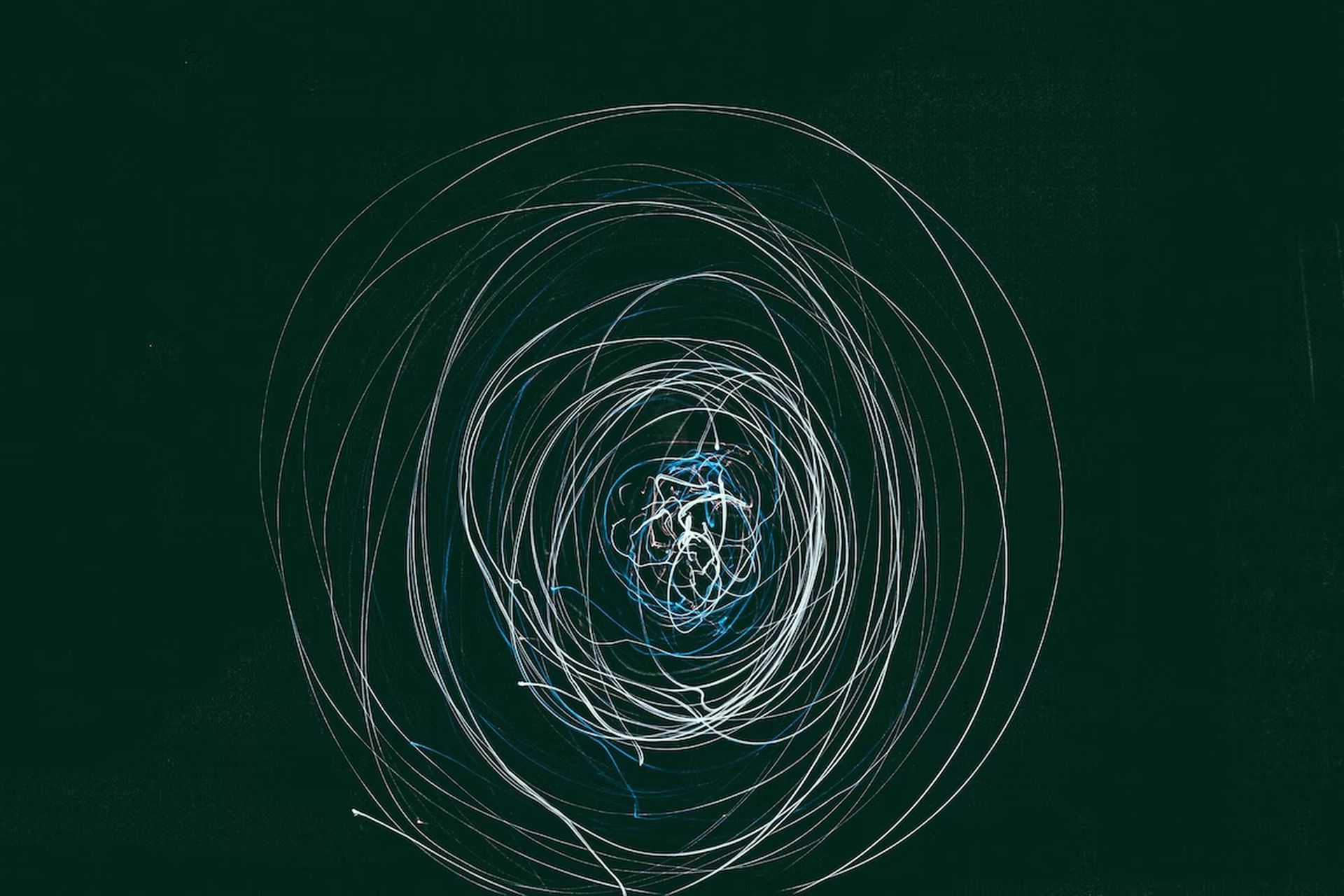- Recent research from the University of Montreal has developed a novel neurocomputational model of the human brain that could provide advances in artificial intelligence.
- This novel model elucidates how the brain acquires advanced cognitive abilities and has the potential to further neural artificial intelligence (AI) research.
- The research uncovered two critical mechanisms for multilayer cognitive development in biological brain networks.
- The team is currently thinking about combining biological and social features, and they have already created the first simulation of two whole brains communicating.
A new neurocomputational model of the human brain has been introduced in recent research from the University of Montreal. This new model sheds more light on how the brain develops sophisticated cognitive abilities and has the potential to boost neural artificial intelligence (AI) research.
Development of the neurocomputational model
The findings were published in the journal Proceedings of the National Academy of Sciences on September 19th (PNAS). An international team of researchers from the Institut Pasteur and Sorbonne Université in Paris, the CHU Sainte-Justine, Mila — Quebec Artificial Intelligence Institute, and Université de Montréal carried out the study.

The paper outlines brain development at three levels of the information processing hierarchy:
- Sensorimotor Level: Investigates how the brain’s inner activity learns and correlates patterns from perception with action.
- Cognitive Level: Investigates how the brain contextually integrates certain patterns.
- Conscious Level: Considers how the brain alienates from the outside environment and manipulates previously learned patterns (through memory) that are no longer accessible to perception.
Because the model focuses on the interaction of two fundamental forms of learning, the new research gives greater insight into the key mechanisms driving cognition. The first type of learning is Hebbian learning, which is linked to statistical regularity, such as repetition. The second type of learning is reinforcement learning, which is linked to reward and the dopamine neurotransmitter.

The newly built model handles three tasks of increasing complexity across the stages, and each time, the team included a new fundamental mechanism, which aided its advancement. The findings revealed two key pathways for multilayer cognitive growth in biological brain networks:
- Synaptic Epigenesis: Hebbian learning occurs on a local basis, whereas reinforcement learning occurs on a global scale.
- Self-Organized Dynamics: Neuronal activity that is spontaneous and has a balanced excitatory/inhibitory ratio.
How can this study improve artificial intelligence?
Guillaume Dumas is a member of the team as well as an assistant professor of computational psychiatry at UdeM and a primary investigator at the CHU Sainte-Justine Research Center. As he put it, “Our model demonstrates how the neuro artificial intelligence convergence highlights biological mechanisms and cognitive architectures that can fuel the development of the next generation of artificial intelligence and even ultimately lead to artificial consciousness.”

Dumas believes that in order to do this, they may need to incorporate the social components of cognition. The team is currently considering merging biological and social elements, and they have already produced the first simulation of two whole brains interacting.
Artificial microswimmers can navigate similarly to natural microorganisms, thanks to AI
The researchers hope that by grounding future computer models in biological and social reality, they will obtain a better understanding of the fundamental principles driving cognition. They also hope it will serve as a link between artificial intelligence and the human brain.





